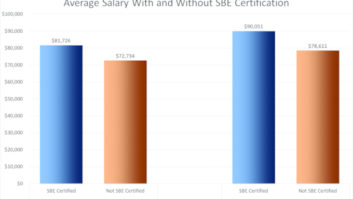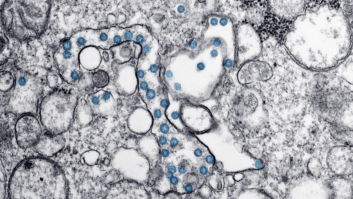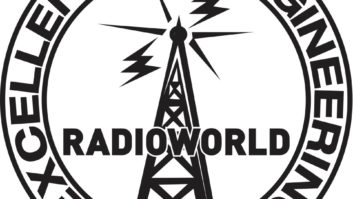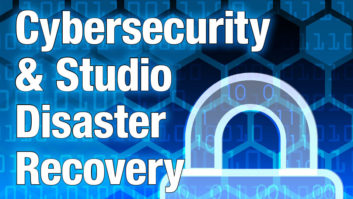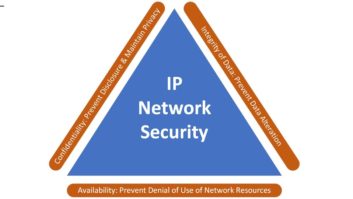
Wayne Pecena, CPBE, CBNE, is director of engineering at Educational Broadcast Services in the Office of Information Technology at Texas A&M University. He oversees KAMU(TV/FM) and he’s a familiar face from his SBE webinars. He was named the 2012 SBE Educator of the Year. He is also the Vice-Chair of the Public Broadcasting Service Engineering Technology Advisory Committee.
TechBytes: You’re a nationally-recognized broadcast IT expert — how has the spread of IT affected broadcast radio and TV?
Wayne Pecena: In all fairness, I am not a broadcast IT expert. I have been fortunate to be able to share some knowledge and experiences in IP networking with fellow broadcast engineers. I do feel that education is an important need within the industry and a major service provided by SBE.
To answer your question — The impact of IT has been seen in many ways. The explosion of IT has brought about new services and capabilities to the broadcast plant whether radio or TV. The explosion of IT has brought about the need for new knowledge for the broadcast engineer.
TB: Why has this growth/infiltration been a good thing?
Pecena: As stated, IT has brought about new services or capabilities to the broadcast plant. Or in some cases has allowed more facilities to implement new technology capability providing new services at an affordable cost.
TB: Are there any downsides to the proliferation of IT into broadcast?
Pecena: I am sure there are those that see IT integration as a negative because it might mean change. Change usually means doing things in a different way, or an unfamiliar way, and maybe needing to learn new technology. The comfort zone is upset. If you implement technology as a tool to solve a problem or provide a service, then any negatives are outweighed by the overall positive benefit to the organization. There are times when technology is implemented for the sake of the technology. This approach usually does not prove to be successful. The current technology is simply a tool to deliver the end product or service. In our case the end product is desirable content delivered to the content consumer.
TB: Where do you see the radio/broadcast/IT marriage going over the next few years?
Pecena: I only see a continued progression of IT integration or a refinement of any existing integration of broadcast and IT. The modern broadcast plant looks more like an IT data center every day, if it already is not a data center. Cloud technology has become the buzzword of the IT industry and is beginning to have an impact into the broadcast industry. This is likely an area that will see significant future emphasis and growth. For some, the entire broadcast plant might be contained in a cloud environment.
TB: You’re also well-known for your educational efforts (SBE Educator of the Year, 2012), what is the state of broadcast engineering education?
Pacena: Broadcast engineering seems to always have been challenged in terms of education opportunities or lacked a formal course of study. It is a unique field that encompasses several technology areas that a broadcast engineer must have knowledge and proficiency to succeed. The explosion of IT has simply expanded the scope of the technology knowledge needed.
In addition to the experienced broadcast engineer needing to expand his/her IT knowledge, there are likely many IT professionals who find their way to broadcasting technology who need the audio, video, and RF knowledge. Thus, broadcast engineering continuing education has a pretty broad scope of needs to be addressed. Due to the lack of formal educational offerings, professional societies such as the SBE should and must fulfill the need.








